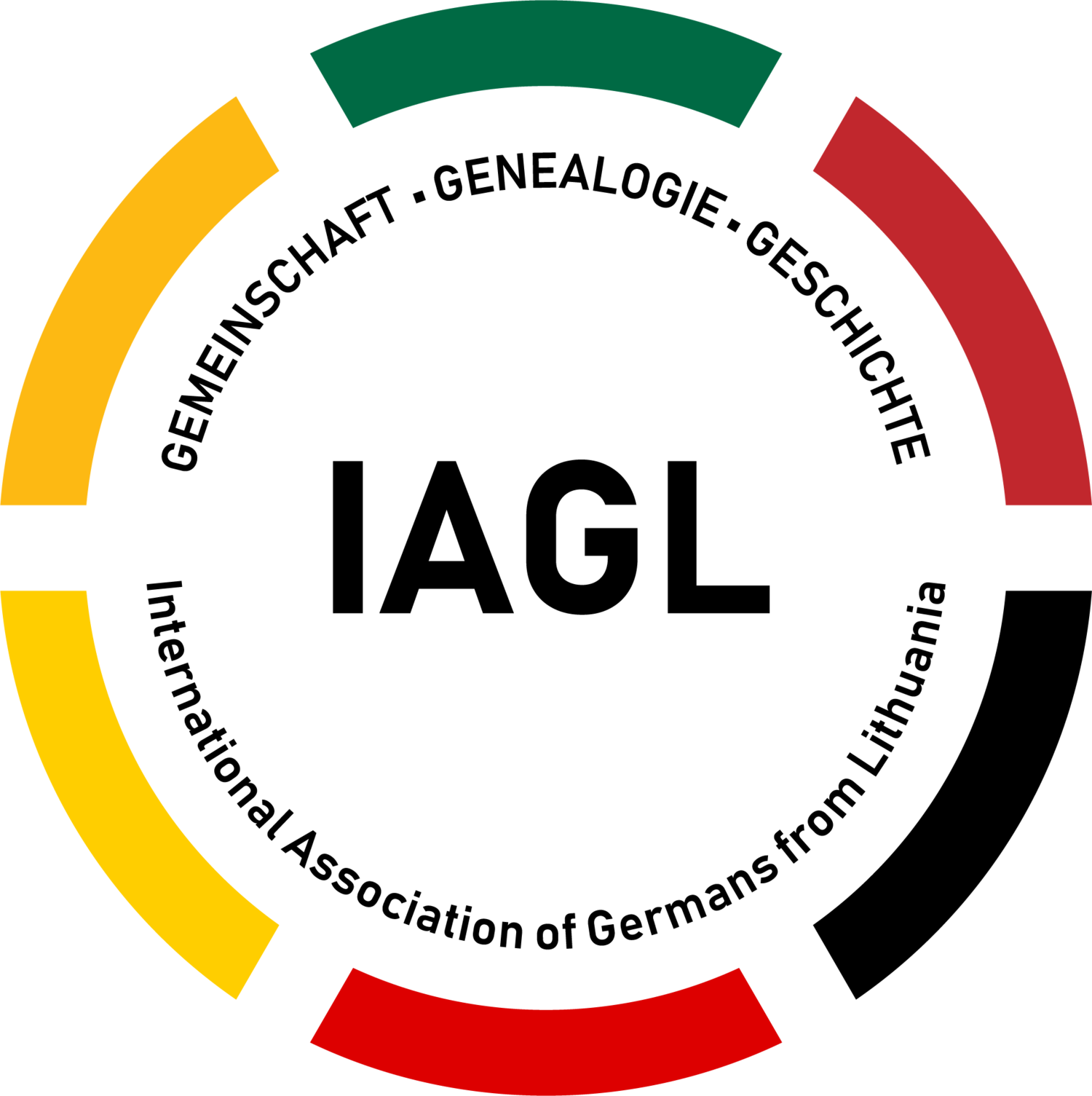A German from Lithuania’s Memoir: George P. Blum’s Story
by IAGL Geschäftsführer: Owen M. McCafferty II
As a genealogist or family historian, there is nothing worse than the feeling of knowing had you asked these questions or started this research earlier, there would still be family members alive today that could have helped you find the answers.
Although I started my own family research nearly 13 years ago now, I didn’t dive down the rabbit hole of my Deutsche aus Litauen family until about 5 years ago—and even then, I only made contact with my cousins in Germany about 2 years ago. No one in my family who were young adults during the relocation of Germans from Lithuania in 1941 are alive today. Those that are around were simply too young, and the children and grandchildren of those who could remember what it was like all tell me the same thing: “Mom and dad never really discussed what happened—I think it was too painful. They wanted to forget.” While I can certainly understand that, it wasn’t very helpful for my research, especially for the private family history book I plan to provide to my family later this year.
While doing some shopping for books online (for something almost completely unrelated) up popped a ‘suggested book’ by a man called George P. Blum, entitled Coming of Age in War-Torn Lithuania and Germany. I was of course, intrigued. I did another search and it just so happens that Google Books actually has several excerpts from the book on their website and I devoured them almost immediately. Sure enough, it was the next purchase I made.
Blum was born in 1932 in the village of Kybartai (though his earliest years were in his family’s village of Pilwischken / Pilviškiai) just on the former East Prussian border. His book covers almost his entire life, starting with his childhood in Pilwischken, the relocation to West Prussia in 1941, his return to Lithuania in 1943 (this time to Wilkowischken), and then the dangerous fleeing form Lithuania to Pomerania and eventually Bavaria before coming to the United States in the 1950’s.
The book is a beautifully written memoir, and gives insights into the experiences of many Deutsche aus Litauen who underwent similar circumstances. He discusses every day life growing up in and around the area of Wilkowischken, giving insight into aspects of my ancestor’s lives there that I’m not sure I would have ever known. As he recalls the onset of WWII, and its aftermath, I often found myself in tears—it was an extremely emotional experience. In the end, I felt like I knew Blum personally. His remembrance of the years following the end of the war gave me a better concept of how Germans from Lithuania rebuilt their lives in post-war Germany—though Blum and his family resettled in Bavaria while mine seemingly stayed up north, near Bremen.
One of the most difficult parts of reading Coming of Age in War-Torn Lithuania and Germany came after I finished (which took only a day—that’s how good it really is), when I sat down to write Blum a letter of thanks for opening up his life to so many readers. When I searched for his address, I came upon his obituary—he had passed away on 2017. Instead, I wrote a letter to his son to express both my condolences, and appreciation of his father’s work.
Coming of Age in War-Torn Lithuania and Germany is, to me, a must for anyone researching their Deutsche aus Litauen ancestors—especially if you are interested in their experiences during WWII. It’s a quick and easy read, and well worth your time. I only wish I had the chance to thank George personally.
You can buy a copy of Coming of Age in War-Torn Lithuania and Germany here.

